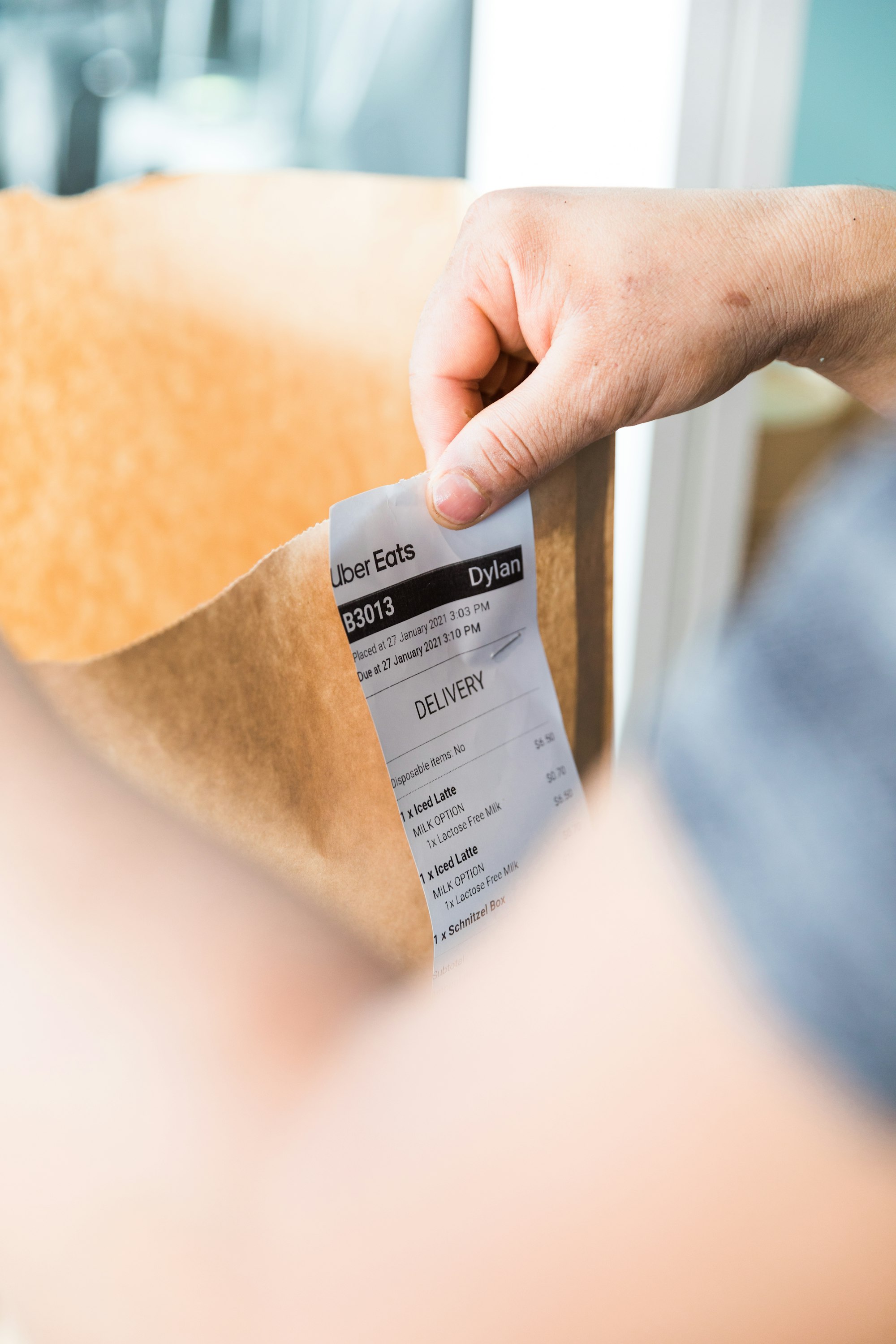How to Make More Money from Doordash, UberEats or Amazon Flex Deliveries

ou've decided to sign up as a driver for Doordash, UberEats, or Grubhub. The gig usually takes little time to start, pays frequently, offers flexible hours, and could be a great way to make money. But earnings can fluctuate, and you'll have to cover your own costs, such as gas, vehicle insurance, and maintenance, then have enough net profit to justify your hourly wage.
As a beginner courier, it can be a little frustrating to make decent money and learn the ropes of how to work efficiently. Here are a few simple tips that will help you refine your strategy in order to increase your net hourly pay.
Don't accept orders that are less than $10
It takes a fair amount of time just to get to the restaurant, then wait for the food. You want to make sure that you're getting paid enough for the time you spend. Protect your hourly wage at all costs and don't accept every order that comes to your phone.
Know your actual cost-per-mile
As a courier, your profitability is determined mostly by the running cost of your vehicle. Knowing your actual cost per mile is crucial in becoming, and staying, profitable. Your actual cost per mile can be broken down to two parts:
- Variable costs, these are costs that depend on your mileage, such as gas and repair. Each mile you drive will incur variable costs.
- Fixed costs, are, well, fixed and do not change if you drive less or more. Think about auto insurance and depreciation.
As a beginner, you can guestimate your actual cost-per-mile. However, the true cost per mile will depend on your actual day-to-day courier routine, and your estimate may be significantly off. Keep track of your actual per-mile cost and don't accept any order unless it covers that cost and leaves a solid margin to pay for your time.
Your acceptance rate does not matter!
You don’t want to waste your valuable time accepting every order just because it’ll increase your acceptance rate. Supply and demand is the main factor that influences how many orders you receive, and not your acceptance rate.
Deliver during busy periods
Delivering during busy times helps you get more orders and will increase the odds of getting Peak Pay. Peak pay is DoorDash’s way of compensating delivery drivers during busy periods. the busiest and will yield peak pay.
Try delivering in these periods:
- Lunch: 11:00AM to 2:00PM
- Dinner: 4:30PM to 8:00PM
- Sunday: all-day
- Friday & Saturday Night: try late-night deliveries
Take orders that drive along highways
Doordash pay and customer tips usually go up the further distance you travel. So if you have to drive a long distance, pay attention to whether it's going to be on a highway or in a low-speed zone. Highway routes not only save you time but also lower your cost-per-mile because the vehicle fuel efficiency is higher at highway cruise speed, so you'll be saving on gas.
Take batched orders
When you're on a delivery, you may receive additional order requests for restaurants in your area. This may offer a great opportunity to squeeze out the second or even third delivery faster than you normally would since you’re already in the area. Delivering multiple orders will help save big on time and mileage and increase your hourly pay.
Know when to cancel an order
Here’s an example: you accept an order for $9,50 guaranteed for a Sushi place that’s 5 minutes away. You drive there and then find out the food will take another 20 minutes to prepare.
Is this really worth waiting around for?
You’re better off canceling the order, letting the customer know about the delay, and hopping on another order ASAP.
Use a mileage tracking app
This is one of the most important tips that beginner drivers miss out on.
The IRS has recently updated the standard mileage rate for using your car for business purposes. You can reimburse 62.50 cents per mile starting from 1 July 2022.
Accurately tracking and reporting your mileage will help you save money on your tax return and increase your bottom line. Psngr offers one of the best solutions for tracking your mileage and expenses.

